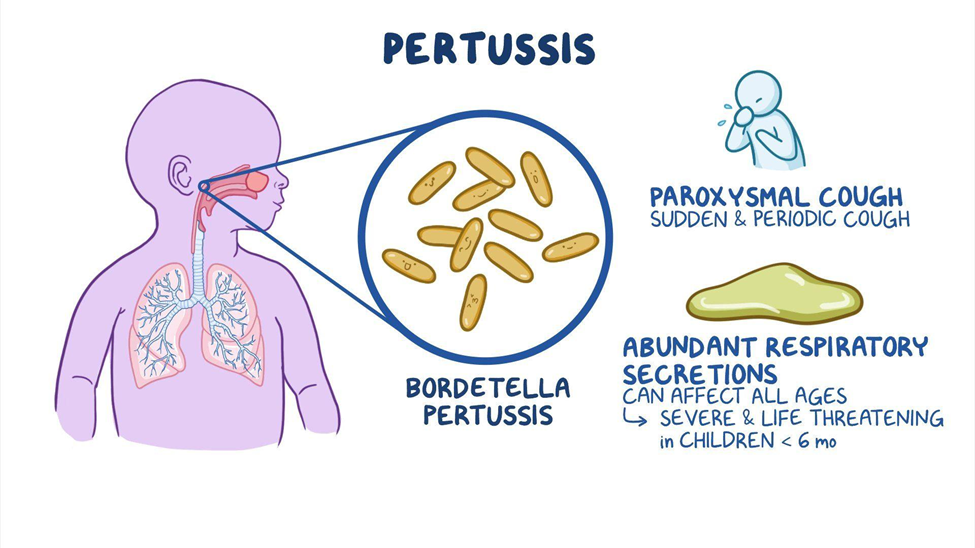The nurse is caring for a newborn with a suspected diagnosis of imperforate anus. The nurse monitors the infant, knowing that which is a clinical manifestation associated with this disorder?
Sausage-shaped mass palpated in the upper right abdominal quadrant
The passage of currant jelly-like stools
Bile-stained fecal emesis
Failure to pass meconium stool in the first 24 hours after birth
The Correct Answer is D
A. Sausage-shaped mass palpated in the upper right abdominal quadrant.
Explanation: A sausage-shaped mass in the upper right abdominal quadrant is more indicative of Hirschsprung's disease, not imperforate anus. In Hirschsprung's disease, there is a lack of ganglion cells in the rectum, leading to obstruction and a palpable mass.
B. The passage of currant jelly-like stools.
Explanation: The passage of currant jelly-like stools is characteristic of intussusception, a condition where one portion of the intestine telescopes into another. It is not associated with imperforate anus.
C. Bile-stained fecal emesis.
Explanation: Bile-stained fecal emesis suggests a possible intestinal obstruction or other gastrointestinal issue, but it is not a specific manifestation of imperforate anus. Imperforate anus is primarily characterized by the absence of a normal anal opening.
D. Failure to pass meconium stool in the first 24 hours after birth.
Explanation:
Imperforate anus refers to a congenital condition in which the opening to the anus is absent or improperly formed. One of the clinical manifestations is the failure to pass meconium stool within the first 24 hours after birth. Meconium is the thick, sticky, greenish-black substance that constitutes a newborn's first stools. The absence of meconium passage suggests a potential obstruction.
Nursing Test Bank
Naxlex Comprehensive Predictor Exams
Related Questions
Correct Answer is C
Explanation
A. A urinary output of 30 mL/hr
Explanation: While decreased urinary output may indicate dehydration, it is not a specific finding related to pertussis. Dehydration can occur due to inadequate fluid intake or loss through vomiting or sweating.
B. A white blood cell (WBC) count of 10,000 mm3 (10×10^9/L)
Explanation: An elevated white blood cell count is a common finding in infections, including pertussis. It reflects the body's immune response to the infection. A WBC count of 10,000 mm3 is within the normal range, and while it indicates an inflammatory response, it does not specifically point to a complication.
C. Decreased breath sounds in the lung bases
Explanation:
Pertussis is a respiratory infection caused by the bacterium Bordetella pertussis. Complications can arise, including pneumonia. Decreased breath sounds in the lung bases may suggest the presence of pneumonia, which is a serious complication of pertussis. Pneumonia can lead to respiratory distress and requires prompt medical attention.
D. A weight gain
Explanation: Weight gain is not typically associated with pertussis. In fact, respiratory distress and difficulty feeding during coughing paroxysms can lead to weight loss in infants with pertussis. Weight gain may be indicative of other unrelated factors.

Correct Answer is C
Explanation
A. Bottle-feed with diluted fruit juice:
Incorrect: Diluted fruit juice is not recommended for infants with diarrhea. Fruit juices, even when diluted, may contain sugars that can exacerbate diarrhea. It's important to focus on water or rehydration solutions.
B. Discontinue breast-feeding until the diarrhea resolves:
Incorrect: Breast milk is an essential source of nutrition for infants, and discontinuing breastfeeding is not recommended, even during episodes of mild diarrhea. Breast milk helps maintain hydration and provides essential nutrients.
C. Provide an increased intake of water.
Correct Answer: Maintaining hydration is crucial during episodes of diarrhea. Offering the infant increased water intake helps prevent dehydration. Rehydration solutions specifically designed for infants can also be recommended.
D. Avoid all solid foods:
Incorrect: While avoiding certain solid foods may be recommended in some cases, it's not necessary to completely avoid all solid foods for a 12-month-old with mild diarrhea. The emphasis should be on maintaining hydration and offering easily digestible foods.
Whether you are a student looking to ace your exams or a practicing nurse seeking to enhance your expertise , our nursing education contents will empower you with the confidence and competence to make a difference in the lives of patients and become a respected leader in the healthcare field.
Visit Naxlex, invest in your future and unlock endless possibilities with our unparalleled nursing education contents today
Report Wrong Answer on the Current Question
Do you disagree with the answer? If yes, what is your expected answer? Explain.
Kindly be descriptive with the issue you are facing.
